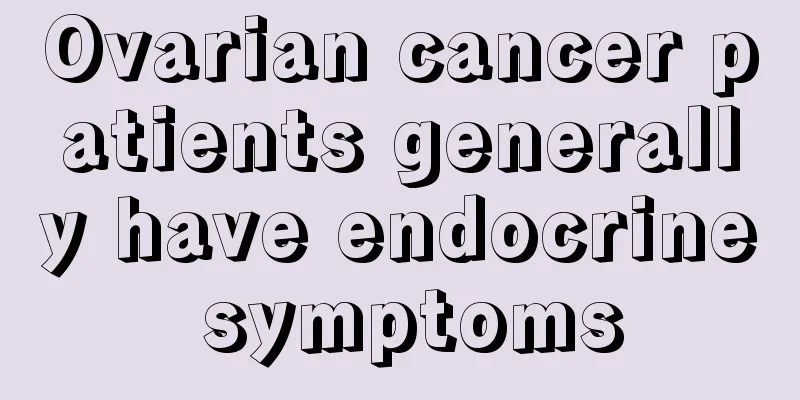What does ct angiography mean

|
CT angiography is mainly suitable for diseases such as brain tumors, cerebral hemorrhage, cerebral infarction, etc. It is also very accurate in examining the liver, kidneys, spleen and other parts. CT angiography is a very advanced examination method that can quickly scan a large area and can examine and diagnose the details of blood vessels in all parts of the body. What does CT angiography mean in detail? 1. Clinical significance Abnormal results: CT contrast-enhanced scan can display the gray matter and white matter of the brain tissue, the ventricular system and the subarachnoid space, and can directly display changes such as brain tumors, cerebral hemorrhage, and cerebral infarction; lung examination can clearly display the fine texture of the lungs; it can clearly display the morphology, contours, and lesions of organs such as the liver, spleen, pancreas, kidneys, and adrenal glands. Second, adapt to the crowd Patients with brain tumors, cerebral hemorrhage, cerebral infarction, lung disease, liver, spleen, pancreas, kidney, adrenal gland and other organ diseases. 3. Unsuitable people (1) Patients with allergic constitution or a history of allergy to ionic contrast agents (if using ionic contrast agents, an iodine allergy test is also required). (2) Patients with intracranial or intraspinal tumors, aneurysms, vascular malformations, and infections. (3) Those with a history of epilepsy. (4) Those with impaired heart, lung, liver or kidney function. (5) Patients with starvation and consumption caused by malignant tumors, hypoproteinemia, and water and electrolyte imbalance. (6) Infants and elderly patients over 60 years old. (7) Patients with diabetes, hyperthyroidism, and oncocytoma. (8) Certain special scanners (such as dynamic scanning of various parts, dual-phase/tri-phase scanning of the liver, CT angiography, etc.). 4. Taboos before examination (1) For patients undergoing enhanced scanning, those undergoing the scan in the morning should not eat breakfast, and those undergoing the scan in the afternoon should not eat lunch. (2) Patients undergoing abdominal CT scans should take an appropriate amount of water containing contrast agent orally before the examination. Patients undergoing pelvic CT scans should take a large amount of clean water or water containing contrast agent and wait until the bladder feels full before undergoing the CT scan. (3) Patients undergoing CT examinations should remove any metal objects in the examination area to reduce artifacts. |
<<: Things to note before doing cardiac angiography
>>: What can gastroradiography detect?
Recommend
What injection should I get for arthritis
Arthritis is a very common disease of the human s...
In-depth interpretation of the relationship between fibroids and genetics
Many patients with fibroids are worried about whe...
Will osteosarcoma recur?
Osteosarcoma, we should detect and treat it early...
What are the hazards of mobile phone radiation
Nowadays, mobile phones are a necessity in our li...
How to care for baby eczema in summer
Hot summer is a season when people are more likel...
Aortic sclerosis, it is easy to rely on these people
Arteriosclerosis is most common among middle-aged...
Will endometrial cancer recur after treatment? If these symptoms occur, the possibility of recurrence is very high
For endometrial cancer, a common disease, the tre...
Will you vomit if you eat banana and cola together?
Bananas and cola are two foods that can be eaten ...
What causes excessive lung fire
Excessive lung fire is very common in daily life....
Can I exercise after bone cancer surgery
Bone tumors are tumors that occur in bones or the...
Will my calves get thicker if I stand for a long time?
If you stand for a long time, it will easily caus...
What is fish detection
The rate of female breast cancer increases every ...
What are the late symptoms of gastric cancer in men? Pay attention to these
Gastric cancer is the most common malignant tumor...
Laser shooting eyes
When the laser hits the eyes, it will cause great...
What's wrong with small blisters on the lips
Sometimes you will find that there are small blis...









